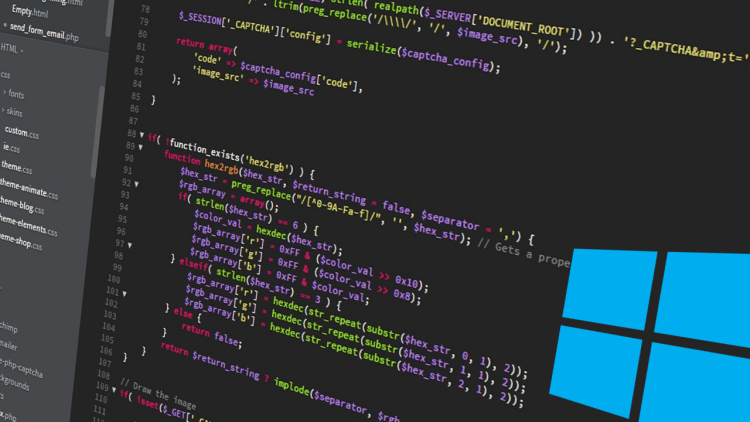

- Rust language want to take into how to#
- Rust language want to take into software#
- Rust language want to take into code#
Yet, looking at the diagram it seems like that shouldn't be too hard to change, right?Ĭross-language link time optimizationImplementing cross-language LTO is conceptually simple because the feature is built on the shoulders of giants.
Rust language want to take into code#
Therefore, the Rust code is opaque to the optimization taking place at link time.

bc (opt) -+ - +Īs you can see our Rust code is still compiled to a regular object file. With these capabilities in place a new compilation workflow with LTO enabled for C++ code looks like this: the linker, again via the LLVM linker plugin, merges all bitcode modules it encounters and then runs LLVM optimization passes before doing the actual linking.
Rust language want to take into how to#
the linker, via the LLVM linker plugin, knows how to read LLVM bitcode modules like regular object files, and.the compiler translates each compilation unit into LLVM bitcode (i.e.Here is how LTO is concretely implemented: Performing LLVM work at the linking stage is facilitated via a plugin to the linker. the whole set of compilation units) is available at once and thus optimizations across compilation unit boundaries become possible. Why the linking stage? Because that is the point in the pipeline where the entire program (i.e. Link time optimization in LLVMThe basic principle behind LTO is that some of LLVM's optimization passes are pushed back to the linking stage. To enable inlining and optimizations to happen across compilation unit boundaries, LLVM supports link time optimization. The optimizer does not know the definition of functions inside of other compilation units and thus cannot inline them or make other kinds of decisions based on what they actually do. As you can see, each compilation unit is optimized in isolation. This is the regular compilation workflow if no kind of LTO is involved. Finally, the linker will take the set of object files and link them together into a binary:.LLVM then lowers each module into machine code so that we get one object file per module:.

Rust language want to take into software#

Link time optimization (LTO) is LLVM's way of implementing whole-program optimization. LLVM Project News and Details from the TrenchesĬlosing the gap: cross-language LTO between Rust and C/C++


 0 kommentar(er)
0 kommentar(er)
